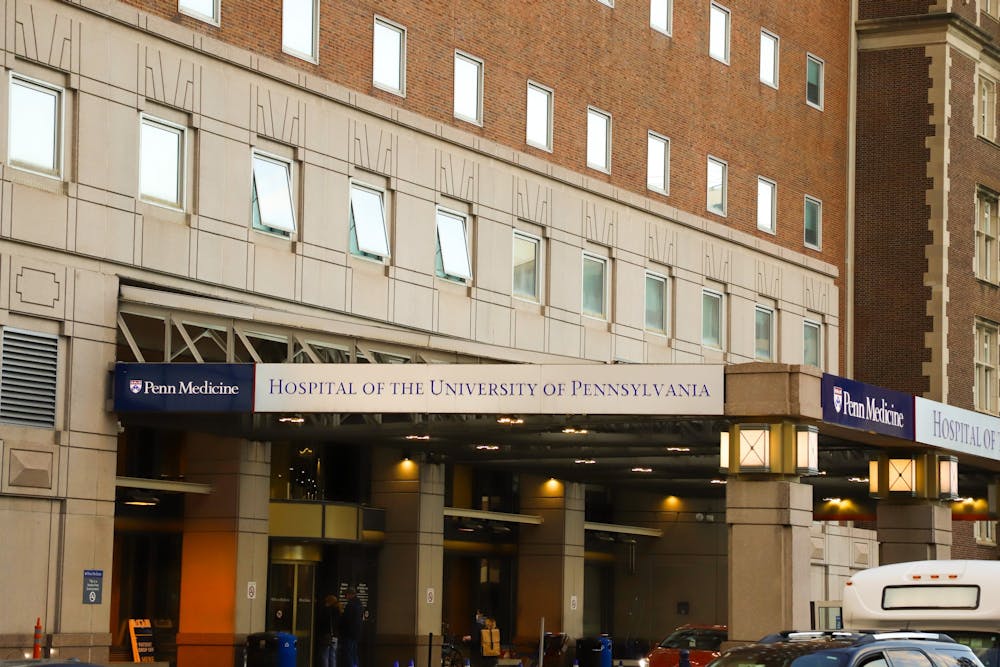
Researchers at the Perelman School of Medicine have discovered a new type of cell, the respiratory airway secretory cell in the lung, which could help repair damage caused by diseases such as Chronic Obstructive Pulmonary Disease.
The study was published in Nature, a weekly international journal, and found that when comparing the genomes of the human and mice lungs, humans had a unique type of lung cell called the respiratory airway secretory cells. These cells are one of many cell types that help maintain essential structures in the lung. The researchers noticed that disruption of RAS cells impairs lung functions in a similar way to how COPD affects the lungs, providing a possible treatment pathway.
COPD is a progressive lung disease that is characterized by chronic inflammation of the lung and results in damage to the alveoli — structures in the lung that exchange oxygen and carbon dioxide between the air and the bloodstream — over time, according to Mayo Clinic. It is often caused by long-term exposure to cigarette smoke or other irritating gases or fumes. COPD affects approximately 10% of people in some parts of the United States and caused over 3 million deaths worldwide in 2019.
Differences between the lung cells of mice — which are commonly used in research — and humans have resulted in COPD’s mechanisms being relatively poorly understood, according to Penn Medicine. The RAS cells discovered reside near the alveoli and produce, or secrete, proteins that line the airway.
“The approach we took was sort of an evolving, novel transcriptomic approach called single-cell transcriptomics, and what that allows you to do is to take individual cells and assay the transcriptomic signature of each individual cell type. Then, you can use complex algorithms to tease apart cells that look like each other and cells that are different from each other,” Maria Basil, author of the paper, told The Daily Pennsylvanian.
As Basil and the other researchers started looking at individual cell populations, “it became very clear that there were populations that we hadn't seen before,” leading to the discovery of the RAS cell. The researchers used organoid modeling to further investigate how RAS cells work.
In COPD, it is known that alveolar type 2 cells, which help regenerate the exterior surfaces of alveoli, become abnormal. As the researchers cultured the organoids, they realized that RAS cells, in addition to their secretory function, can transform AT2 cells and regenerate its population.
The researchers found evidence that in those affected by COPD, the malfunctioning AT2 cells may have acquired their abnormalities when being converted from RAS cells, suggesting that cigarette smoke and similar irritants may disrupt the RAS-to-AT2 conversion.
The researchers hope that this newly discovered RAS-to-AT2 pathway can further the understanding of COPD’s disease mechanisms and potentially result in new ways to treat COPD that can improve lung function, expanding upon current treatments, like anti-inflammatory drugs and oxygen therapy.
“This paper scratches the surface and identifies a few signaling pathways that appear to regulate [RAS cells]. My hope is that starting to understand more about how [RAS] cells respond to insult will give us insight into the kind of things that we could attempt to target for improving lung function in patients with chronic lung disease,” Basil said.
The Daily Pennsylvanian is an independent, student-run newspaper. Please consider making a donation to support the coverage that shapes the University. Your generosity ensures a future of strong journalism at Penn.
Donate






